PPT-« COFEPRIS’ International
Author : alexa-scheidler | Published Date : 2019-02-25
Strategy June 2014 2 Content COFEPRIS and the Economy COFEPRIS in the International Landscape Axis of Government Mexico as an Actor with Global Responsibility
Presentation Embed Code
Download Presentation
Download Presentation The PPT/PDF document "« COFEPRIS’ International" is the property of its rightful owner. Permission is granted to download and print the materials on this website for personal, non-commercial use only, and to display it on your personal computer provided you do not modify the materials and that you retain all copyright notices contained in the materials. By downloading content from our website, you accept the terms of this agreement.
« COFEPRIS’ International: Transcript
Strategy June 2014 2 Content COFEPRIS and the Economy COFEPRIS in the International Landscape Axis of Government Mexico as an Actor with Global Responsibility. CBSDE STUDIENGEB57564HREN ACHELORPROGRAMME INTERNATIONAL USINESS INTERNATIONAL CULTURE AND MANAGE ENT INTERNATIONAL OURIS MANAGE ENT INTERNATIONAL MEDIA MANAGE ENT GENERAL MANAGE ENT BUSINESS PSYCHOLOGY WIRTSCHAFTSP OPERATOR INTERFACE AND SITUATION PERCEPTION IN HIERARCHICAL INTELLIGENT CONTROL A CASE STUDY HuiMin Huang Mechanical Engineer National Institute of Standards and Technology Gaithersburg Maryland 20899 Phone 301 9753427 huangcmenistgov ABSTRACT This Fellowship in the College is by invitation only and is granted in recognition of an individual dentist V5734757523RXWVWDQGLQJ professional achievemen t meritorious service and dedication to the continued progress of GHQWLVWU57347IRU57347WKH57347EHQH Avances en materia sanitaria . en . el . caso Sonora. , 2014. Septiembre . 2014. Contenido. Antecedentes. Principales. . acciones de . COFEPRIS. Acciones. de . saneamiento. . básico. Seguimiento. Derives not from the actions of a legislative branch or other central authority, but from tradition and agreements signed by states.. Differs in . Difficulty of enforcement, which depends on reciprocity, collective action, and international norms. 0
FormingClear interfacesOne important interface is theconnector board in the uprights forconnecting the servo- and valve blockFor a later installation or a section-wise exchange, Heye designed cutout Admission Open at Mayo International School for Session 2021-22, Get admission forms online. Access Key Information about Mayo International School and apply online. Global Talent International School includes a curriculum that makes a student an complete champion. We work on the all-inclusive growth of students. School also assists in improving public speaking skills. It also makes students concerned towards their surrounding. \"8 minutes ago -
COPY LINK TO DOWNLOAD : https://centongdawet.blogspot.com/?book=1892395649
| [PDF READ ONLINE] International Mechanical Code 2003 (International Code Council Series)
| The 2003 International Building Code addresses the design and installation of building systems through requirements that emphasize performance. Fully compatible with all the International Codes, the 2003 edition provides up-to-date, comprehensive coverage that establishes minimum regulations for building s\" \"9 minutes ago -
COPY LINK TO DOWNLOAD : https://centongdawet.blogspot.com/?book=1892395606
| PDF_ International Fire Code 2003 (International Code Council Series)
| The 2003 International Fire Code, coordinated with the 2003 International Building Code, references national standards to comprehensively address fire safety in new and existing buildings. It provides modern, up-to-date fire code, and addresses conditions hazardous to life and property from fire, explosion, handling or use o\" \"20 minutes ago -
COPY LINK TO DOWNLOAD : https://centongdawet.blogspot.com/?book=1580012701
| [PDF READ ONLINE] 2006 International Energy Conservation Code - Softcover Version (International Code Council Series)
| The 2006 International Energy Conservation Code encourages energy conservation through efficiency in envelope design, mechanical systems, lighting systems and the use of new materials and techniques.
\" \"7 minutes ago -
COPY LINK TO DOWNLOAD : https://centongdawet.blogspot.com/?book=1580012655
| get [PDF] Download 2006 International Existing Building Code (International Code Council Series)
| The 2006 International Existing Building code contains requirements intended to encourage the use and reuse of existing buildings. The scope covers repair, alteration, addition, and change of occupancy for existing buildings and historic buildings, while achieving appropriate levels of safety withou\" \"17 minutes ago -
COPY LINK TO DOWNLOAD : https://centongdawet.blogspot.com/?book=1580012639
| Download Book [PDF] 2006 International Property Maintenance Code (International Code Council Series)
| The 2006 International Property Maintenance Code addresses maintenance requirements for the interior and exterior of structures, and space requirements for determining maximum occupancy. The IPMC also contains requirements for heating and plumbing in existing workplaces, hotels and residential\" \"4 minutes ago -
COPY LINK TO DOWNLOAD : https://centongdawet.blogspot.com/?book=1609839617
| READ [PDF] 2021 International Energy Conservation Code (International Code Council Series)
| The 2021 IECC addresses energy efficiency on several fronts including cost, energy usage, use of natural resources and the impact of energy usage on the environment.
\"
Download Document
Here is the link to download the presentation.
"« COFEPRIS’ International"The content belongs to its owner. You may download and print it for personal use, without modification, and keep all copyright notices. By downloading, you agree to these terms.
Related Documents

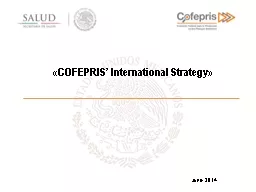
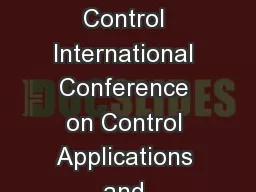
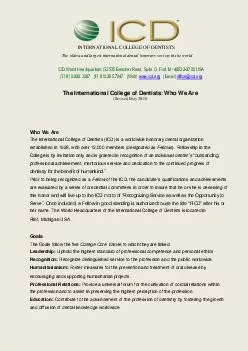
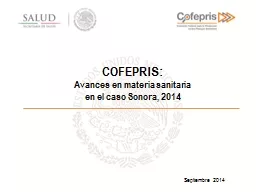
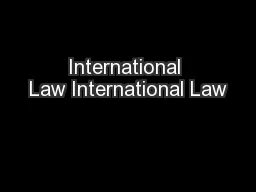
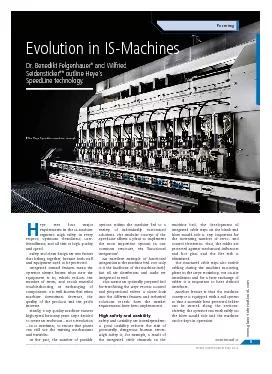


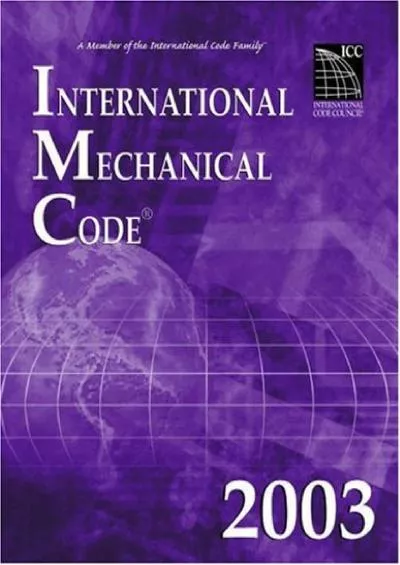
![[PDF READ ONLINE] International Fire Code 2003 (International Code Council Series)](https://thumbs.docslides.com/1020203/pdf-read-online-international-fire-code-2003-international-code-council-series.jpg)
![[PDF] DOWNLOAD 2006 International Energy Conservation Code - Softcover Version (International](https://thumbs.docslides.com/1020205/pdf-download-2006-international-energy-conservation-code-softcover-version-international.jpg)
![READ [PDF] 2006 International Existing Building Code (International Code Council Series)](https://thumbs.docslides.com/1020206/read-pdf-2006-international-existing-building-code-international-code-council-series.jpg)
![[READ DOWNLOAD] 2006 International Property Maintenance Code (International Code Council](https://thumbs.docslides.com/1020207/read-download-2006-international-property-maintenance-code-international-code-council-series.jpg)
![[READ DOWNLOAD] 2021 International Energy Conservation Code (International Code Council](https://thumbs.docslides.com/1020253/read-download-2021-international-energy-conservation-code-international-code-council-series.jpg)